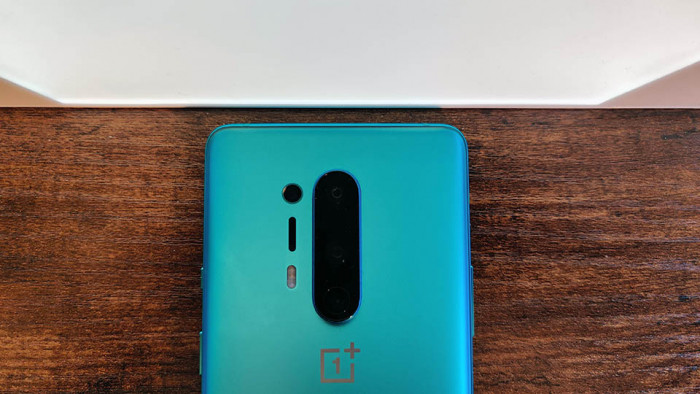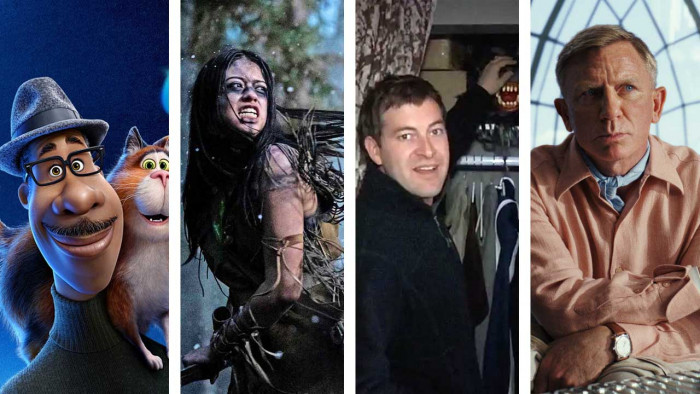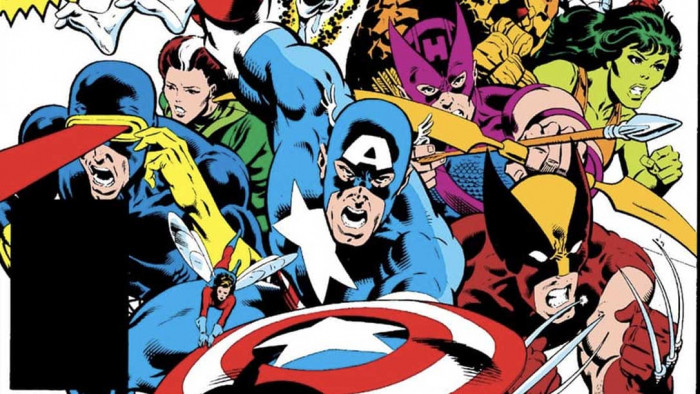Inspired by the secretive plot of his new novel, Danny Wallace pens an ode to the unexplained
Who invented the question mark?
No one knows.
Isn’t that absolutely incredible?
But that’s small fry. Because right now, in some vast, smooth, white office, the world’s brightest men and women are working on an even bigger question.
They are working on The Theory Of Everything.
This Theory Of Everything is also known as the Master Theory. Some call it the Ultimate Theory. Others whisper another name, as they stand in sleek brushed-aluminium corridors looking at each other importantly: the Final Theory.
This theory – which I call the Ultimasterfinal Theory – could turn out to be the idea that explains and links together each and every physical aspect of our universe.
And that makes me very angry indeed.
The same way a goalkeeper who stops a winning shot is nothing but an absolute spoil sport, these scientific pencil-pushers and jotter-blotters are threatening to rob us of something we desperately need to hold dear: mystery. And they’re after the biggest mystery of all. When that’s gone, all of our everyday mysteries will pale in comparison.
Which is why they need to be stopped. Otherwise, gone will be the warming confusion that lights up our life every time a stapler disappears from our desk and reappears on someone else’s.
Robbed Of Wonder
We need these small moments, because these small moments are dying. Everything is recorded now. Minuted. CCTV’d. Made a note of. Film stars are no longer mysterious, because they take selfies, and we can see their old pants in the background on the bed, or that they use Colgate and Plax instead of a long golden tube of – I dunno – Filmstargob.
And if everything is explained or revealed then nothing is amazing any more. Logic rules. Mystery keels over. Coincidence loses its mojo.
Here is the best coincidence that ever happened to me. Years ago, I was in Edinburgh with my then Norwegian girlfriend.
Actually, I think she’s still Norwegian.
We went to the big museum, and at some point, she went one way, and I went to the very Scottish gift shop. I thought it’d be cool to send her mum a postcard of something with the name ‘Wallace’.
So I went to the ‘Wallace’ section and picked up the first postcard on the pile.
But there was something odd about it. There was a girl on it, wearing a very unusual dress, and when I turned the card over, it read: ‘Girl in the traditional dress of the unmarried woman – Fagernes, Norway.’
Now that was weird, because my then-girlfriend was from Fagernes, which is a tiny village no bigger than a kitten’s lips. What are the chances? What was this postcard doing here? Why was a postcard from Fagernes in the Wallace section? It’s a mystery!
So I bought it. And when I gave it to her, she said “Weird!”.
I said: “I know – Fagernes!”
She said, “No – I know this girl. I went to school with her. I haven’t seen her in years!”
And that was weird, too – what was this girl doing on a postcard in the first place?
And what are the chances of finding a postcard that shouldn’t have been there featuring a girl – from a village no bigger than your thumb – that my girlfriend went to school with in the Eighties? Mysterious!
So we left the museum.
And as we skipped down the steps, we heard someone very loudly shout my girlfriend’s name.
And we turned round.
And it was the girl from the postcard.
Now, right this second, one of you is doing the maths in your head. You’re wondering if this was perhaps during the three weeks of the Edinburgh Fringe, when thousands of tourists hit the city at once (yes).
You’re wondering if there was perhaps some kind of Norwegian exhibition on at the museum, which is why we were there in the first place (yes); one that might attract Norwegians (yes); one that might explain how that postcard got there (yes, that’s right, yes).
You’re also wondering how else you can increase the odds of a chance encounter between two old school friends who thanks to age and upbringing could well have reasonably similar influences and tastes and you want to ROB ME OF MY WONDER.
Well, that makes you a joy-thief, and you should probably start playing in goal.
Not like John Newling. He’s a striker.
Because in 2006, this artist strode into Lloyd’s Of London with a very unusual, but very sensible demand. He asked them to insure him against ‘loss of mystery’.
It was a fantastic idea. He knew that if everything was explained – from the heavens above to that moving stapler – his life would no longer be filled with magic. Without it, he might as well be a blank-eyed life-bot. And so, the idea of asking for Lloyd’s ‘mystery loss’ insurance was born.
Anyway, they said no.
But the point is: Newling identified something special about life. I emailed him, to ask him what we could call a life without mystery.
“In what seems our audit-drenched society,” he replied, “I think we can feel the hunger to form and construct meaning in our world without the necessity of the empiric. […] If truth is only associated with proof then we would be in danger of not investigating and pursuing our observations and thoughts that evolve as ideas; we would become a species without a history of ideas.”
Now, I’ll be honest: I have no idea what most of that means. But that means it’s a mystery.
Big Questions
I’ve just finished a new novel and it has a huge question mark on the cover.
Now, earlier, I said no one knows who invented the question mark. I hope that some of you found some wonder in that statement. ‘Wow – no one knows who invented the question mark! How did it get there? Isn’t it ironic that the origins of the question mark is a question in itself!’
Well, the question mark was invented by Henry Denham in the 1580s.
And that’s nice to know, but isn’t it also deflating, somehow? The fact that just then I robbed you of your wonder and presented you instead with a dull fact?
Of course, some people could twist what I’m saying to say we should therefore stop solving any mysteries.
They could claim I’m saying we should stop believing in evolution because it’s nicer simply to wonder about how we got here. Or stop people researching how to end awful diseases because just guessing at cures could be fun.
And those are really good points that weaken my argument considerably.
So let me tell you instead about my book.
I wanted to give a man a mystery. Something that could happen, but that would heighten his life and make the ordinary somehow magical.
In it, Tom gets home one night to find a note from his girlfriend.
She says she has not left him. But that she has gone.
Tom doesn’t know what to do. What does that mean? Where has she gone? What does she mean, she hasn’t left him? Doesn’t the fact that she’s gone mean she’s left him? Who is she with?
And slowly, Tom’s eyes begin to focus on different things in life. He discovers a mysterious movement happening in London, the UK and all around the world… and he finds some ordinary magic, right there in the everyday.
Because I think that’s what John Newling was saying in his reply to my email. Imagine a world where there is no magic. One without wonder in which we barely need one of Denham’s question marks; everything ends in a full stop.
No one wants something to end like that.
Wouldn’t you rather it ended like this?
Who Is Tom Ditto? is released on 24 April by Ebury Publishing (£12.99)
(Image: Ruan van der Sande)
Latest
Related Reviews and Shortlists










